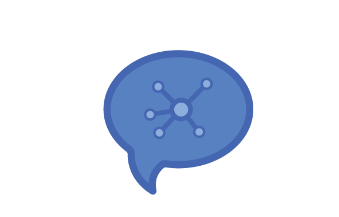 Aims
Aims
Bird’s eggs require important substances during their formation, such as proteins, hormones, and minerals. Unfortunately, birds exposed to persistent organic pollutants (POPs) might also transfer adverse substances to their progeny. Few field studies showed that maternal transfer of POPs could be mediated by biological factors, the physicochemical properties of contaminants, and a combination of these. However, the maternal PFAS transfer in birds is poorly documented, and its drivers are still unknown. In the present project, we aim to:
Quantify the overall maternal PFAS transfer in wild birds and its variability.
Test the influence of PFAS physicochemical properties on the transfer rate.
Test the influence of biological samples on the transfer rate.
This project will better understand how much wild birds transfer PFAS contamination to the next generation, what types of PFAS get transferred the most, and what bird species have higher transfer rates. In addition, we will try to find out what are the reasons for these differences.
 Methods
Methods
Unlike field studies, our project does not imply fieldwork at all. We systematically search and screen the available literature providing PFAS concentrations in adult female birds and their progeny. Then, we pool all these data to meta-analytically measure the overall transfer and look at factors influencing it.
 Findings
Findings
Pending.
 Conclusions
Conclusions
Pending
Data
Pending.